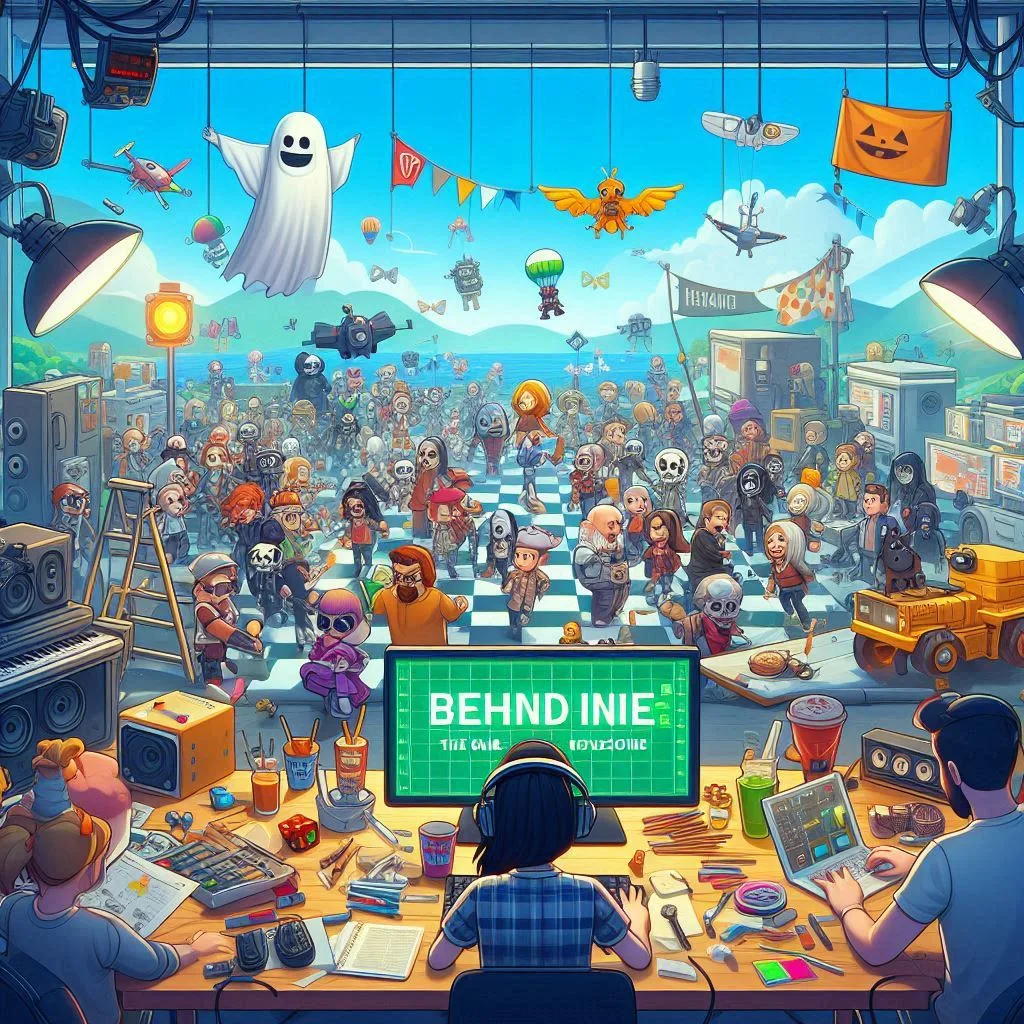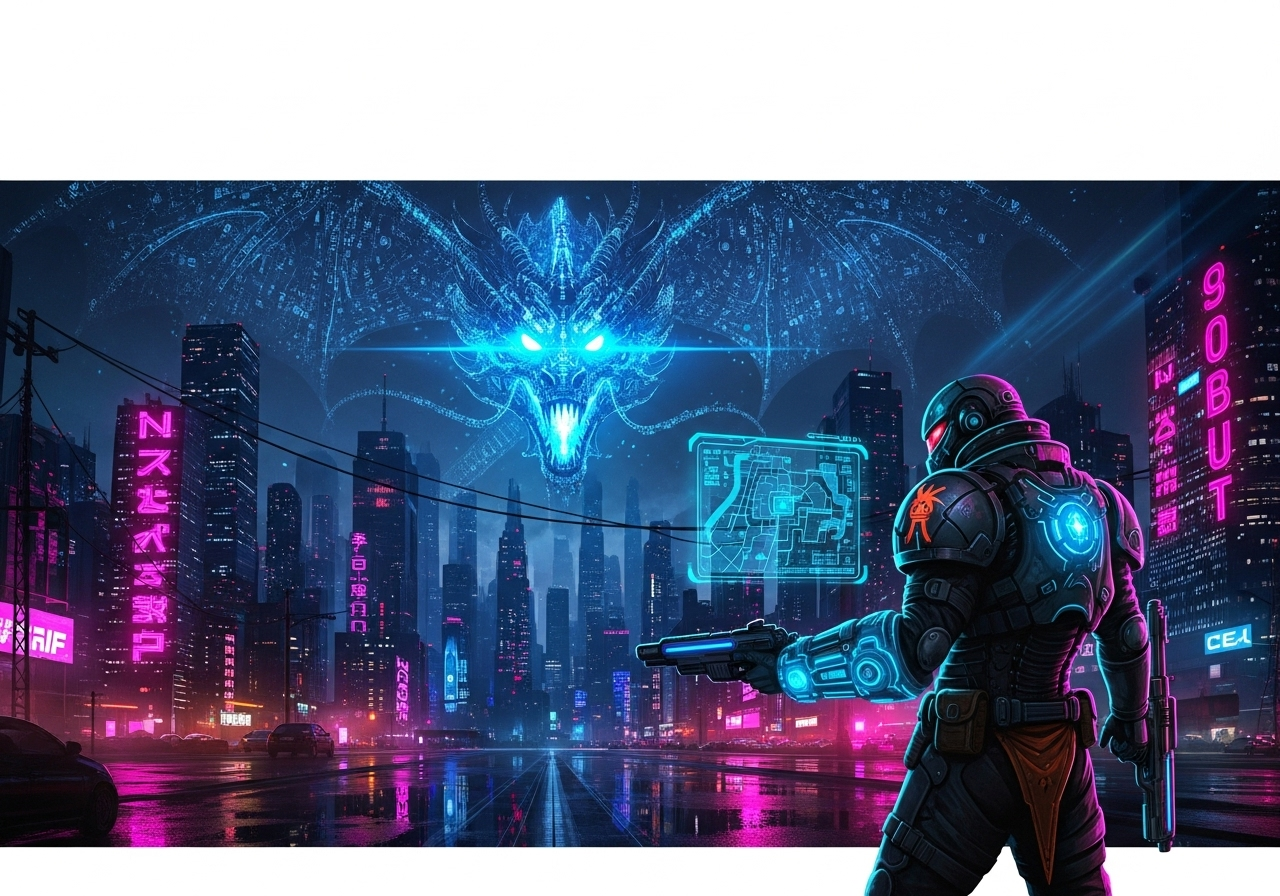Vibrant world of gaming, where Game Design and Development creativity meets technology, lies a realm of intricate processes and creative minds shaping the games we love. Game design and development are not just about programming and graphics; they encompass a holistic approach that merges artistry, storytelling, and technical prowess. In this blog post, we delve deep into the fascinating world of game design and development, uncovering the layers of innovation and dedication that bring our favorite games to life.
Game Design and Development
Game design and development is the art and science of creating interactive entertainment experiences. It involves a multidisciplinary approach that combines creativity, technical skills, and storytelling. From concept ideation to final release, every step in the process plays a crucial role in shaping the player’s experience.
1. Concept and Ideation: From Idea to Blueprint
At the heart of every game is a compelling concept that sparks imagination and captures the essence of gameplay. The process begins with brainstorming sessions where developers, designers, and writers collaborate to flesh out ideas. Concepts may stem from various sources—literature, mythology, current events, or entirely original ideas.
2. Pre-production: Planning and Prototyping
Once a concept is chosen, the pre-production phase kicks in. This stage involves detailed planning, creating design documents, and prototyping gameplay mechanics. Designers create wireframes and storyboards to visualize the game’s structure and flow. Prototyping allows developers to test and iterate on ideas, refining gameplay mechanics and user interfaces.
Hairstyles For Gamers
Gaming culture is no longer just about consoles, PCs, and hours spent grinding levels. It’s…
3. Art and Design: Bringing Worlds to Life
Artists and designers play a pivotal role in crafting the visual identity of a game. They create concept art, character designs, environments, and animations that breathe life into the game world. The art style is carefully chosen to complement the game’s narrative and gameplay mechanics, evoking the desired emotions from players.
4. Development: Coding and Programming
Behind the scenes, programmers work tirelessly to transform design concepts into functional code. They develop the game engine, implement gameplay features, and optimize performance. Coding languages like C++, Java, and Python are commonly used, depending on the platform and requirements of the game.

5. Sound and Music: Setting the Mood
Sound designers and composers create audio elements that enhance the gaming experience. From ambient sounds to epic soundtracks, audio design sets the mood, builds tension, and immerses players in the game’s world. Sound effects are meticulously crafted to complement gameplay actions, adding depth and realism.
6. Testing and Iteration: Refining the Experience
Testing is a critical phase where developers identify bugs, glitches, and gameplay issues. Quality assurance (QA) testers play the game extensively, providing feedback on controls, balance, and overall user experience. Iterative testing and feedback loops ensure that the game meets quality standards and delivers a polished experience.
7. Release and Post-launch Support
After months or even years of development, the game is ready for release. Developers coordinate marketing campaigns, build hype, and manage distribution across various platforms. Post-launch, teams continue to support the game with updates, patches, and downloadable content (DLC) based on player feedback and evolving trends.
Challenges in Game Design and Development
Despite advancements in technology and tools, game development poses several challenges. Tight deadlines, technical constraints, and creative differences can impact the development process. Balancing innovation with market expectations and player demands requires careful navigation.
Future Trends in Game Design and Development
Looking ahead, game design and development are poised for continued innovation. Emerging technologies like virtual reality (VR), augmented reality (AR), and artificial intelligence (AI) are reshaping gameplay possibilities. Cross-platform integration and cloud gaming are expanding access to games across devices and regions.
The Art and Science of Gaming
Game design and development are a blend of artistry, technology, and storytelling prowess. Behind every game that captivates players lies a journey of creativity, collaboration, and relentless passion. As gaming evolves, so too does the art and science of creating immersive, engaging experiences. Whether you’re an aspiring developer or a passionate gamer, understanding the intricacies of game design offers a deeper appreciation for the games that enrich our lives.
Join the Conversation
What aspects of game design and development intrigue you the most? Share your thoughts and experiences in the comments below. Stay tuned for more insights and updates from We Gamers Club, your ultimate resource for all things gaming!
This blog post provides a comprehensive overview of game design and development, covering key stages, challenges, future trends, and the collaborative efforts that shape the gaming industry.





